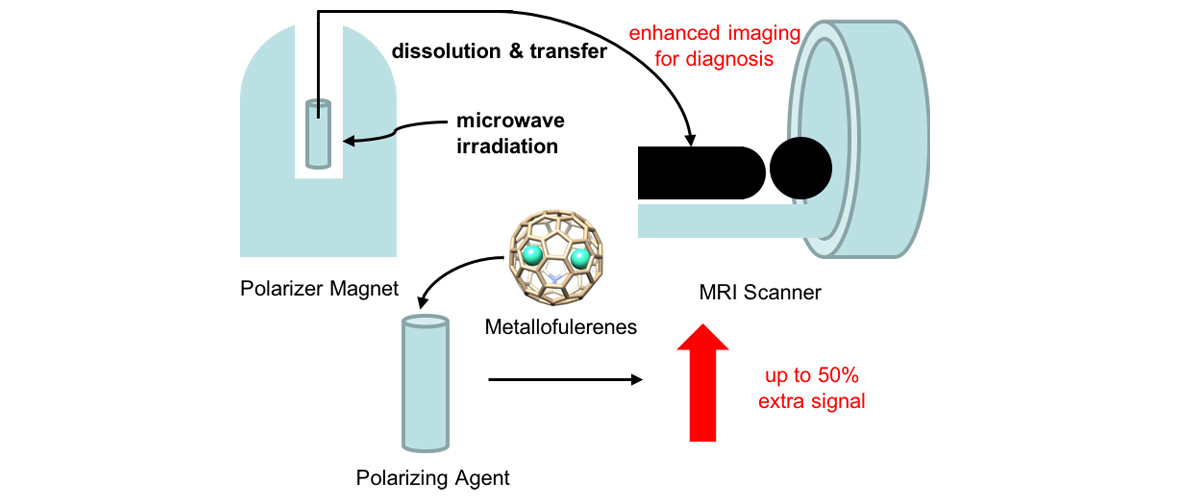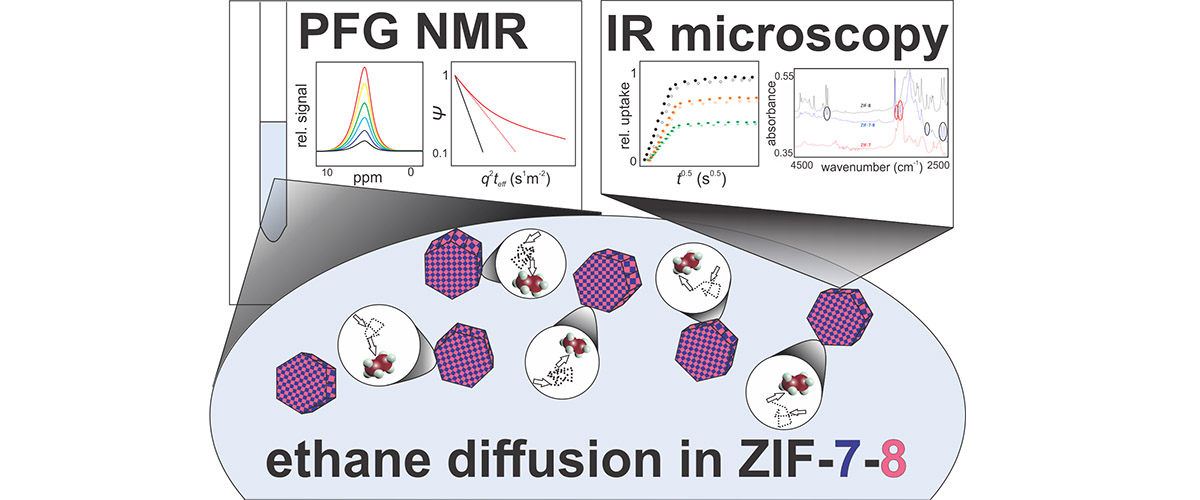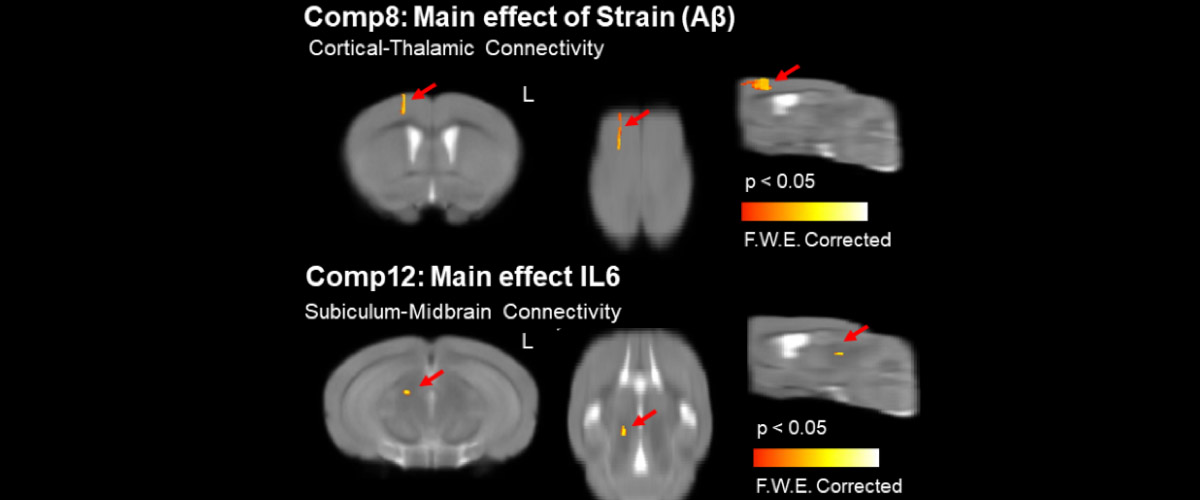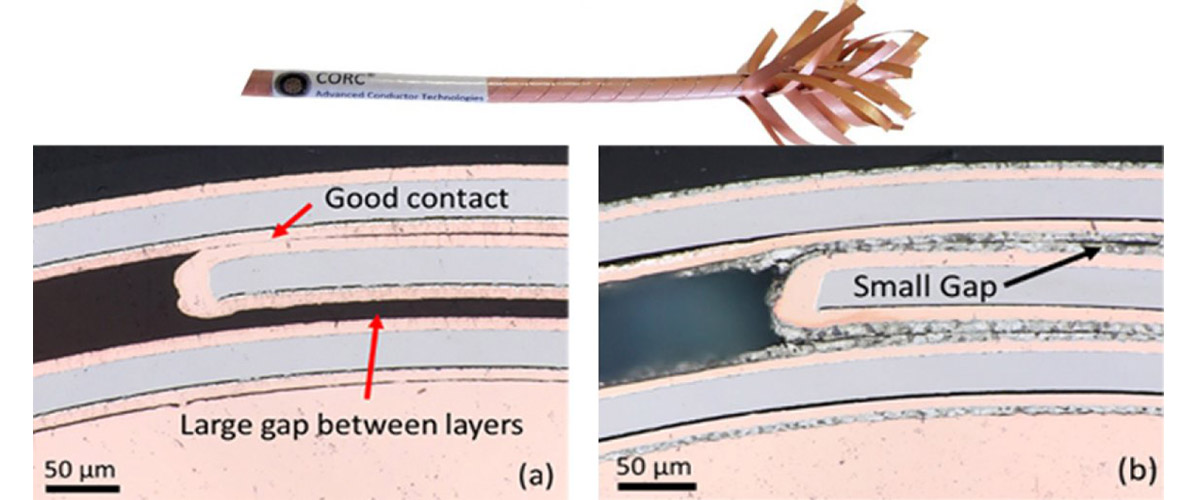What did scientists discover?
A low-dosage boosting agent — consisting of two gadolinium atoms trapped in a cage made from a C79N fullerene − enhances dynamic nuclear polarization (DNP) in both hydrogen (1H) and carbon (13C).
Why is this important?
This is the first study to demonstrate significant enhancements in dissolution DNP efficiency at high magnetic fields. This translates into increased sensitivity for MRI studies, enabling completely new applications, such as the monitoring of in vivo metabolism in real time. Crucially, the encapsulation of the gadolinium atoms in the fullerene cage, along with the low dosage of the boosting agent, together represent an important breakthrough for medical MRI, due to the reduced toxicity of this new DNP boosting agent.
Who did the research?
X. Wang1, J. E. McKay1, B. Lama2, J. van Tol1, T. Li3, K. Kirkpatrick3, Z. Gan1, S. Hill1,4, J. R. Long2, H. C. Dorn3
1National MagLab, FSU; 2Biochemistry & Molecular Biology, UF; 3Chemistry, Virginia Tech.; 4Physics, FSU
Why did they need the MagLab?
The main aim of this investigation was to demonstrate the efficacy of a DNP boosting agent at higher magnetic fields than previously demonstrated. The MagLab is the only user facility that provides access to the necessary high-field dissolution DNP magnet system and pulsed electron spin resonance (ESR) instrumentation employed in this investigation. This user collaboration project leverages the unique combination of expertise available through the Nuclear Magnetic Resonance and Electron Magnetic Resonance user facilities at the MagLab’s University of Florida and Florida State University campuses.
Details for scientists
- View or download the expert-level Science Highlight, Novel Metallofullerene Boosts Dynamic Nuclear Polarization
- Read the full-length publication, Gadolinium based endohedral metallofullerene Gd2@C79N as a relaxation boosting agent for dissolution DNP at high fields, in Chem. Comm.
Funding
This research was funded by the following grants: G.S. Boebinger (NSF DMR-1157490, NSF DMR-1644779).
For more information, contact Stephen Hill.






